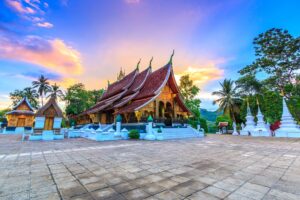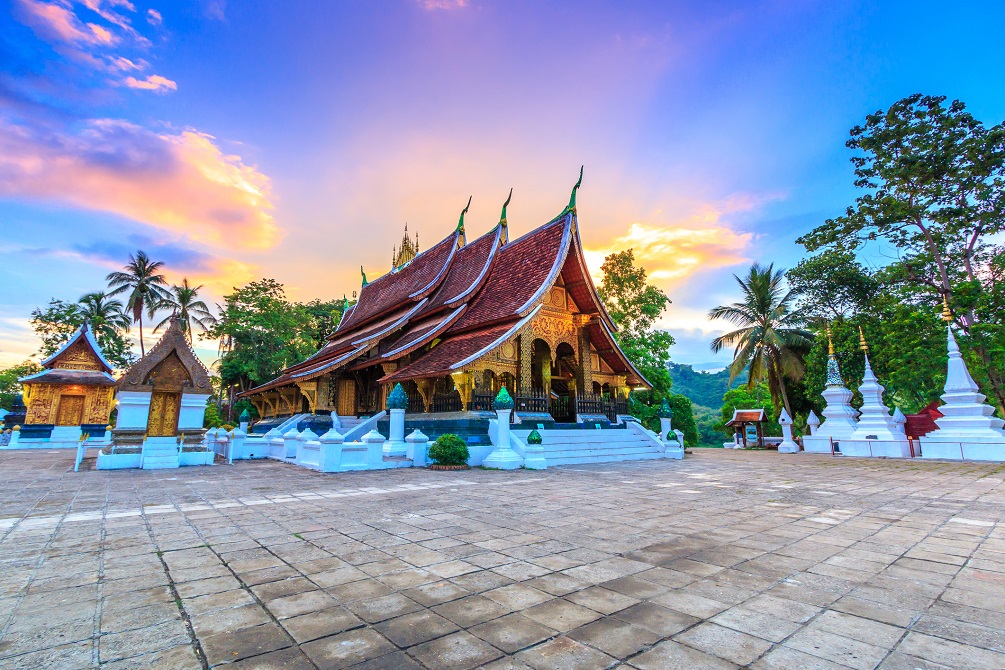Laos
You may not know a lot about Laos, but we can assure you that this is among the best countries you can choose if you want to discover the hidden gems of Southeast Asia.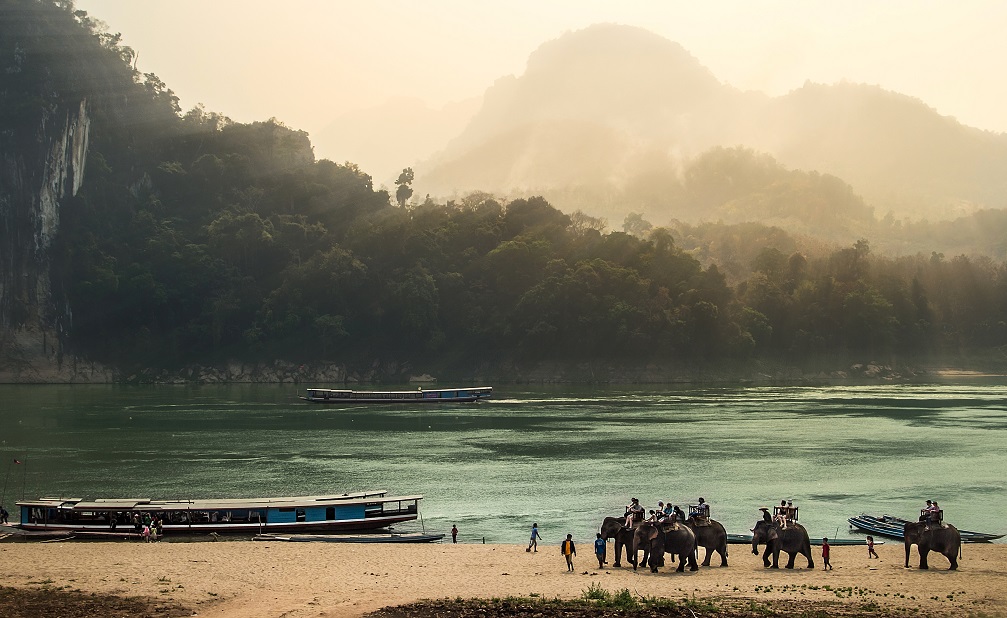
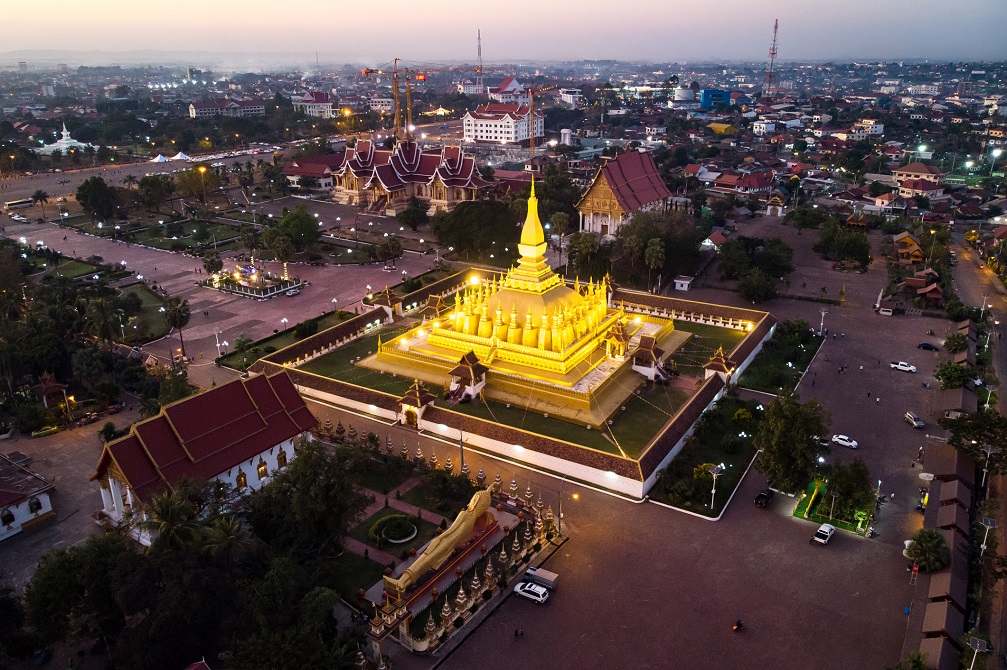


Laos is situated in Southeast Asia and borders China, Myanmar, Vietnam, Thailand, and Cambodia. The country has no sea and 70 percent of its land is mountainous. The highest peak is Phou Bia reaching 2.800 meters. The remaining part of the country is composed of forests and narrow river valleys. The capital is Vientiane, in the north part of the country, and some of the other major cities are Pakse, in the south, and Savannakhet, in the center. Lagos is also famous for its many waterfalls. The most beautiful is Kuang Si Fall, in the north of the country, and Khon Phapheng Falls, in the south.
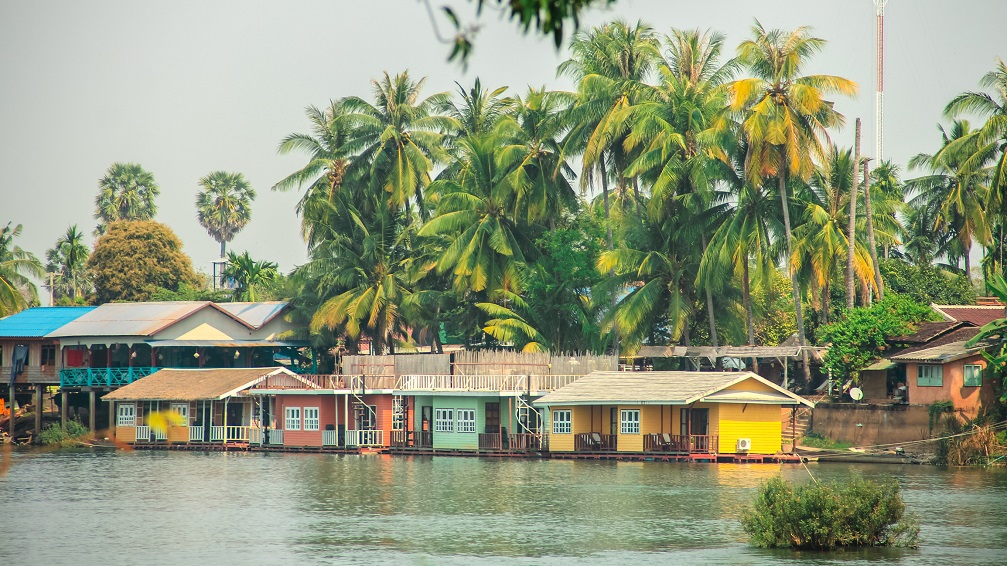


Laos has a tropical climate and it’s therefore characterized by two main seasons, the wet season, which lasts from May to October, and the dry season, from November to April. The wet season is extremely hot and humid and temperatures usually reach 35°C. On the other hand, the dry season is the perfect time to visit the country as temperatures are milder and the heat is not too extreme. However, make sure to bring the right clothes as, especially at high altitudes, temperatures can get extremely cold, reaching 5°C.
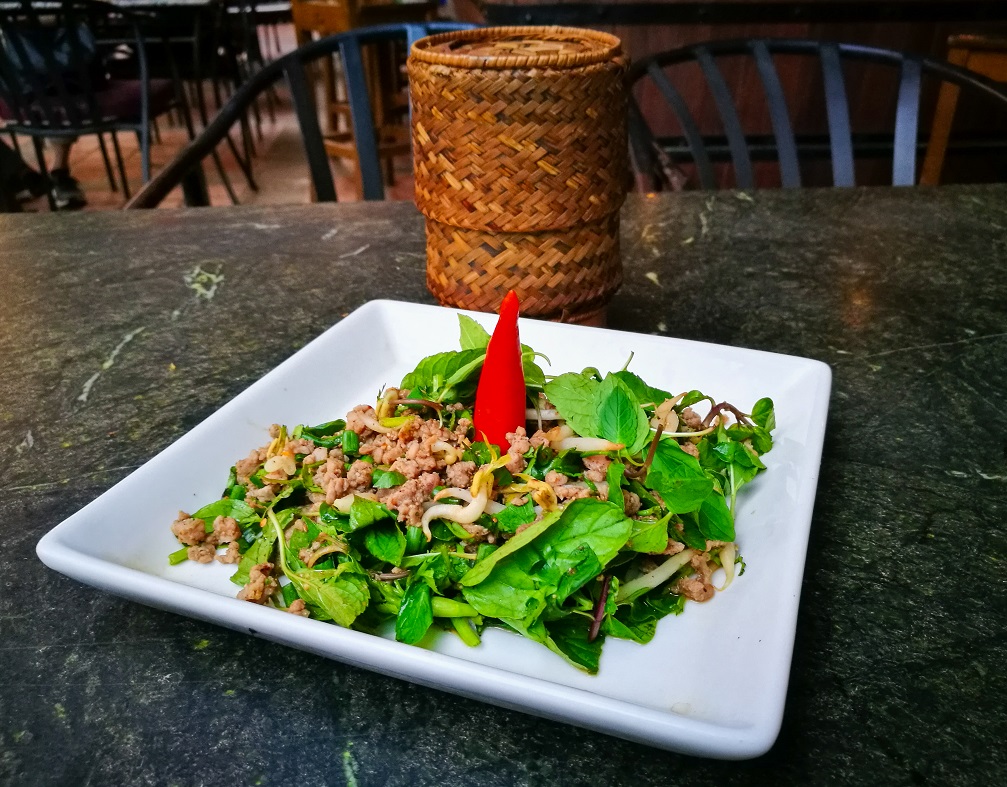


If you’re ready to taste the national dish, Larb
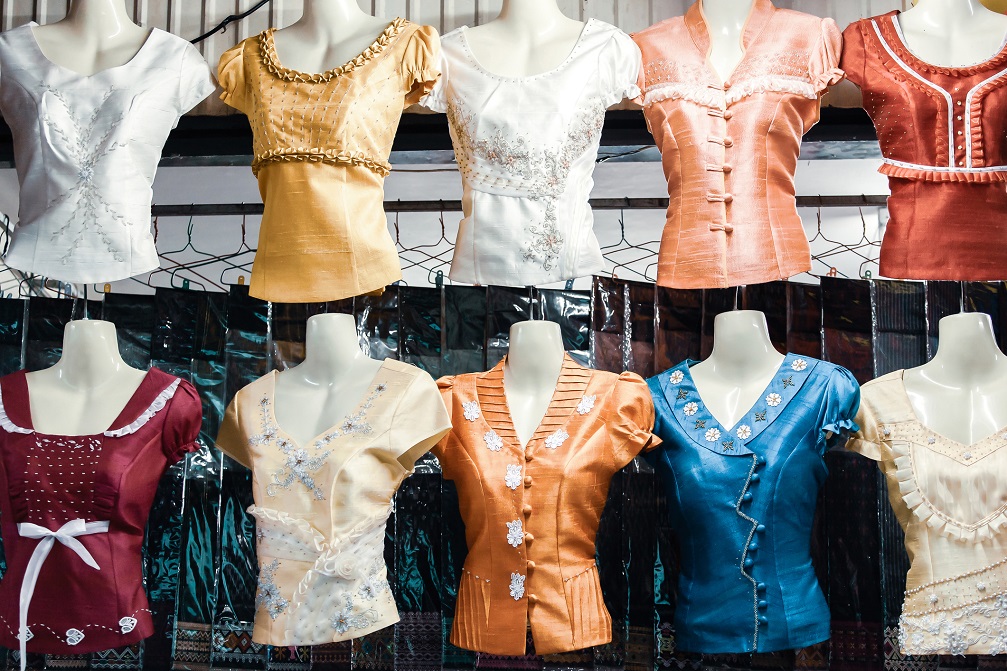


Everything in Laos tends to be quite informal so don’t bother packing fancy clothes, such as ties and suits, as you probably won’t find any occasion to wear them. The most important thing to keep in mind when packing is the humidity. Laos is extremely humid all year round, so make sure to bring clothes made of natural materials such as wood and cotton with you. If you’re planning to visit one of their many mountain ranges, also pack a sweater as temperatures can be pretty cold there. Lastly, remember that in temples and sacred spaces you will most likely be required to cover your legs and arms.
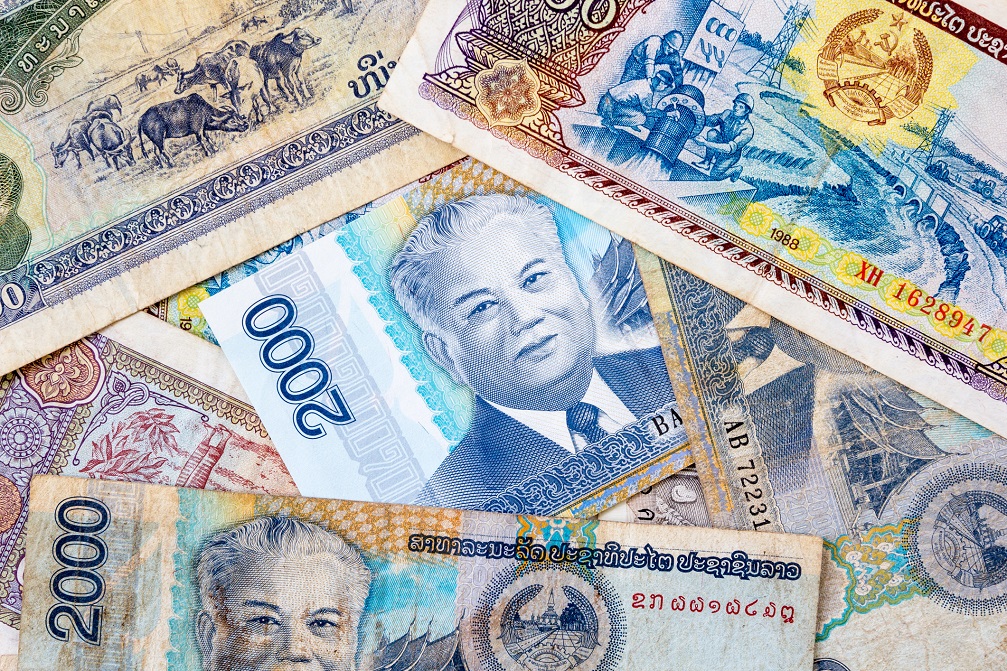


The Laos Kip is the official currency of Laos. However, many places also accept payments in US dollars. Exchanging your pounds for the national currency shouldn’t be too difficult as most banks offer this service in the capital. Laos is an incredibly cheap country and you’ll be able to live comfortably here spending from 7-10£ per day. Hotel rooms for two people can be easily found for 17£ and plenty of Airbnb rooms in the capital range from 8 to 17£. Concerning food, you will easily have breakfast, lunch, and dinner outside without spending more than 10£. A beer at a local cafe will usually cost you around 1£. Lastly, make sure to barter when buying from the market as this is the norm here and keep in mind that they will probably try to overcharge you as soon as they realize you’re not a local.
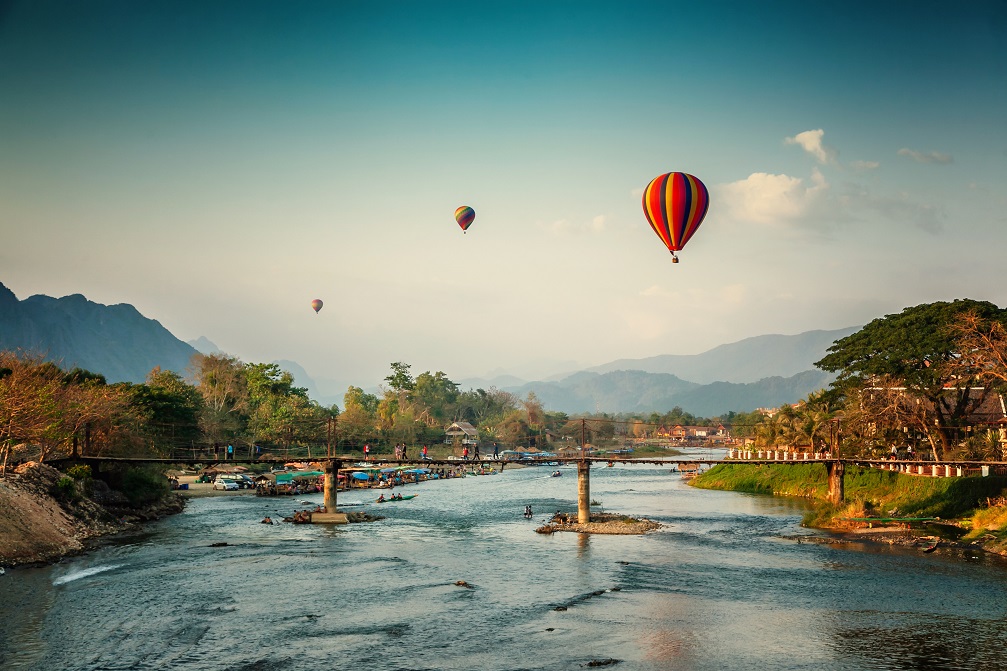


People in Laos speak mainly Lao, even though there are more than 80 languages spoken in the country. If you happen to know French you will be rewarded here as around ⅓ of the population studied French in school and therefore speaks it and understands it quite well. English is spoken and understood in tourist sites and in the capital and major cities, however, if you’re visiting the countryside, don’t expect people to know it. It’s a good idea to learn a bit of Lao before your departure. Make a list of words you use every day such as ‘Hello’ ‘Thanks’ and ‘Goodbye’ and practice them in Lao. This will surely help you a great lot during your stay.
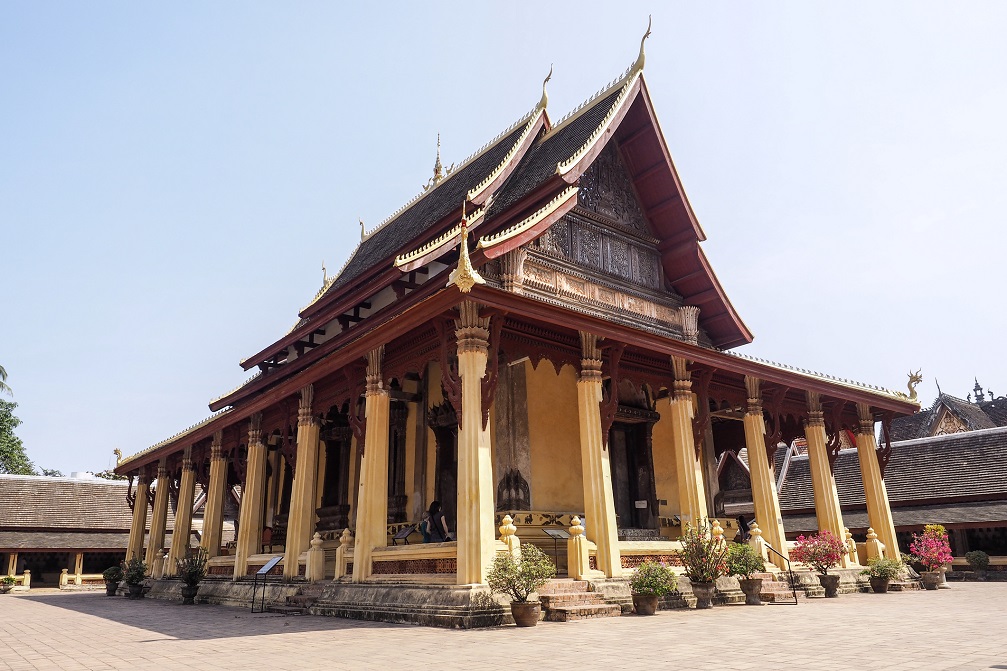


Laos abounds with religious sites. Here you will be able to see the ancient ruins of Vat Phou Hindu temple, the bright colors of Wat Si Saket Buddhist wat, and the golden doors of Wat Xieng Thong Buddhist temple. Although half of the population considers itself Buddhist to some degree, the country is traditionally animist and many still practice traditional spirits worship. If you want to see one of Laos’ traditional festivals, don’t miss the Songkran in April, a sort of new years’ celebration to commemorate the beginning of the monsoon season. If you’re around, try to see a match of their national sport, the incredibly difficult sepak takraw, a sort of volleyball where you are only allowed to touch the ball with your feet. Unfortunately, Laos is one of the countries which has been bombarded the most during its history. But from such a tragic past, Laotian were able to create wonderful art. All around the country you will see recycled bombshells used in the most creative ways. Here you will be able to find vases made from parts of bombshells, boats, and even jewelry!
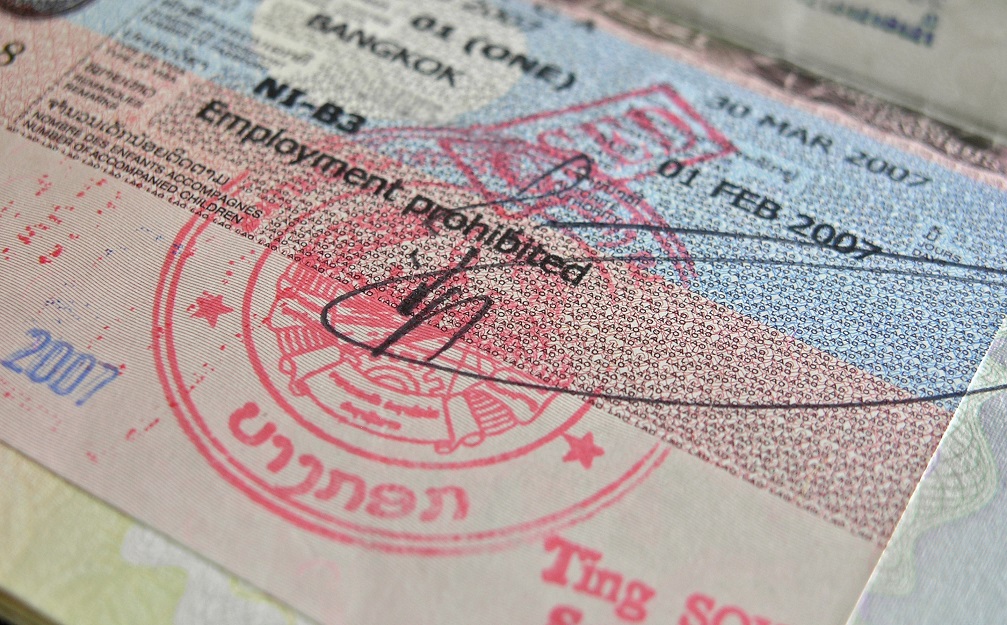


As a UK citizen, you will need a Visa to enter the country. You can either obtain one through your closest embassy or consulate, apply online or request one on arrival. If you’re going for the latter option, remember to bring with you all the required documents. As you enter the country, make sure to get a legitimate stamp on your passport. Failure to do so may result in a heavy fine and even arrest. If you want to stay longer than 30 days, make sure to contact the local immigration department and ask for an extension. You can extend your stay up to two times, for a total of 90 days. Your passport needs to be valid for at least six months on arrival and it needs to have at least two black pages.
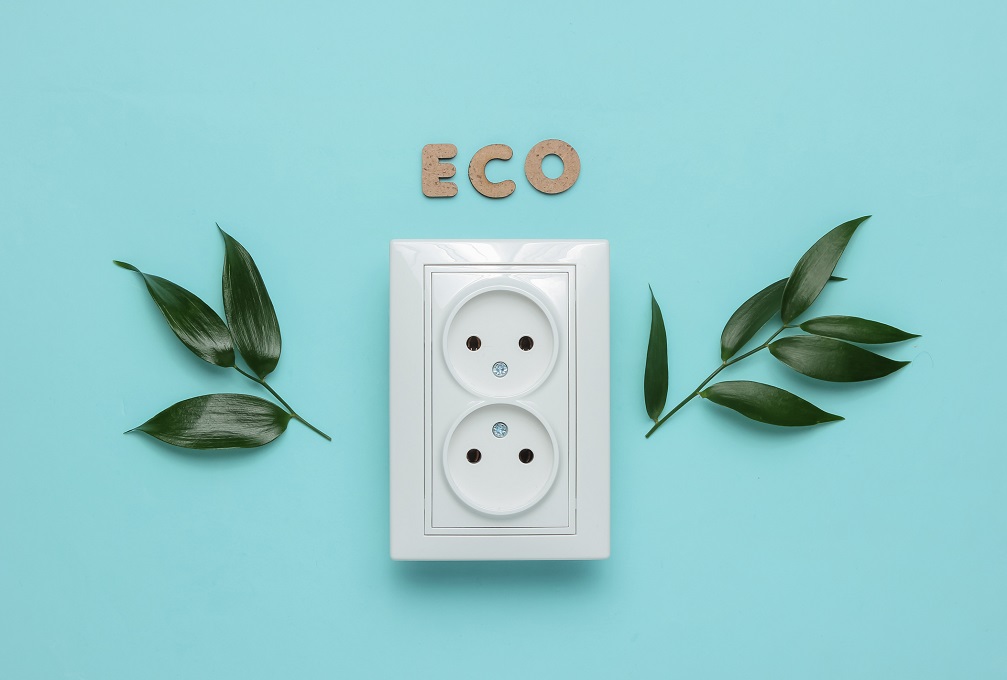


In Laos, the type C outlet is in use so make sure to buy the right adapter if you’re coming here.
All power sockets in Laos provide a standard voltage of 230V with a standard frequency of 50Hz. You can use all your equipment in Laos if the outlet voltage in your own country is between 220V-240V.






Laos is situated in Southeast Asia and borders China, Myanmar, Vietnam, Thailand, and Cambodia. The country has no sea and 70 percent of its land is mountainous. The highest peak is Phou Bia reaching 2.800 meters. The remaining part of the country is composed of forests and narrow river valleys. The capital is Vientiane, in the north part of the country, and some of the other major cities are Pakse, in the south, and Savannakhet, in the center. Lagos is also famous for its many waterfalls. The most beautiful is Kuang Si Fall, in the north of the country, and Khon Phapheng Falls, in the south.



Laos has a tropical climate and it’s therefore characterized by two main seasons, the wet season, which lasts from May to October, and the dry season, from November to April. The wet season is extremely hot and humid and temperatures usually reach 35°C. On the other hand, the dry season is the perfect time to visit the country as temperatures are milder and the heat is not too extreme. However, make sure to bring the right clothes as, especially at high altitudes, temperatures can get extremely cold, reaching 5°C.



If you’re ready to taste the national dish, Larb



Everything in Laos tends to be quite informal so don’t bother packing fancy clothes, such as ties and suits, as you probably won’t find any occasion to wear them. The most important thing to keep in mind when packing is the humidity. Laos is extremely humid all year round, so make sure to bring clothes made of natural materials such as wood and cotton with you. If you’re planning to visit one of their many mountain ranges, also pack a sweater as temperatures can be pretty cold there. Lastly, remember that in temples and sacred spaces you will most likely be required to cover your legs and arms.



The Laos Kip is the official currency of Laos. However, many places also accept payments in US dollars. Exchanging your pounds for the national currency shouldn’t be too difficult as most banks offer this service in the capital. Laos is an incredibly cheap country and you’ll be able to live comfortably here spending from 7-10£ per day. Hotel rooms for two people can be easily found for 17£ and plenty of Airbnb rooms in the capital range from 8 to 17£. Concerning food, you will easily have breakfast, lunch, and dinner outside without spending more than 10£. A beer at a local cafe will usually cost you around 1£. Lastly, make sure to barter when buying from the market as this is the norm here and keep in mind that they will probably try to overcharge you as soon as they realize you’re not a local.



People in Laos speak mainly Lao, even though there are more than 80 languages spoken in the country. If you happen to know French you will be rewarded here as around ⅓ of the population studied French in school and therefore speaks it and understands it quite well. English is spoken and understood in tourist sites and in the capital and major cities, however, if you’re visiting the countryside, don’t expect people to know it. It’s a good idea to learn a bit of Lao before your departure. Make a list of words you use every day such as ‘Hello’ ‘Thanks’ and ‘Goodbye’ and practice them in Lao. This will surely help you a great lot during your stay.



Laos abounds with religious sites. Here you will be able to see the ancient ruins of Vat Phou Hindu temple, the bright colors of Wat Si Saket Buddhist wat, and the golden doors of Wat Xieng Thong Buddhist temple. Although half of the population considers itself Buddhist to some degree, the country is traditionally animist and many still practice traditional spirits worship. If you want to see one of Laos’ traditional festivals, don’t miss the Songkran in April, a sort of new years’ celebration to commemorate the beginning of the monsoon season. If you’re around, try to see a match of their national sport, the incredibly difficult sepak takraw, a sort of volleyball where you are only allowed to touch the ball with your feet. Unfortunately, Laos is one of the countries which has been bombarded the most during its history. But from such a tragic past, Laotian were able to create wonderful art. All around the country you will see recycled bombshells used in the most creative ways. Here you will be able to find vases made from parts of bombshells, boats, and even jewelry!



As a UK citizen, you will need a Visa to enter the country. You can either obtain one through your closest embassy or consulate, apply online or request one on arrival. If you’re going for the latter option, remember to bring with you all the required documents. As you enter the country, make sure to get a legitimate stamp on your passport. Failure to do so may result in a heavy fine and even arrest. If you want to stay longer than 30 days, make sure to contact the local immigration department and ask for an extension. You can extend your stay up to two times, for a total of 90 days. Your passport needs to be valid for at least six months on arrival and it needs to have at least two black pages.



In Laos, the type C outlet is in use so make sure to buy the right adapter if you’re coming here.
All power sockets in Laos provide a standard voltage of 230V with a standard frequency of 50Hz. You can use all your equipment in Laos if the outlet voltage in your own country is between 220V-240V.
Travel related news, information and inspirational articles and videos for travellers booking flights or holidays to Laos. Ask questions about travel in Laos and get answers from Laos experts
NEWS
Inspiration, Information and Travel Guides
MEET THE Laos EXPERTS
If you are looking to book a holiday to Laos or needs some help and advice planning travel to Laos then contact one of the UK based independent travel agents that specialise in Laos itineraries.
FEATURED VIDEOS
Your Travel Questions Answered
Ask any travel related question and get an answer from one of our experts that will provide you with an answer from their personal experience
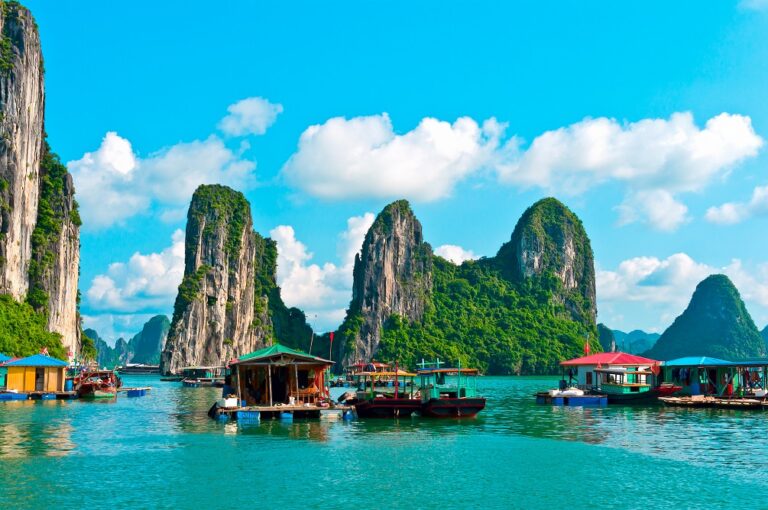

Will be traveling through Thailand, Laos, Cambodia, and Vietnam for a month. What essentials should I pack?
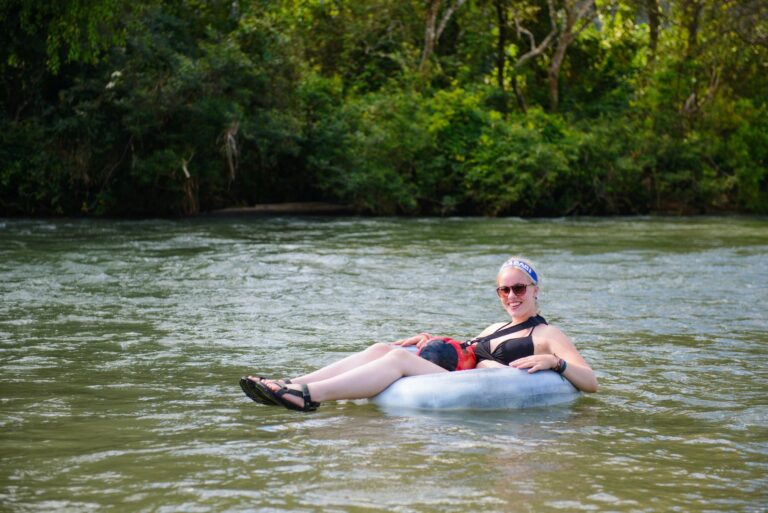

Heading to Laos next year for a solo backpacking around South East Asia. I am now planning some activities in Laos and it seems like a lot of people have gone for . However, I am not comfortable swimming, but tubing seems relaxing and fun at the same time. Is river tubing in Laos safe for non-swimmers?

